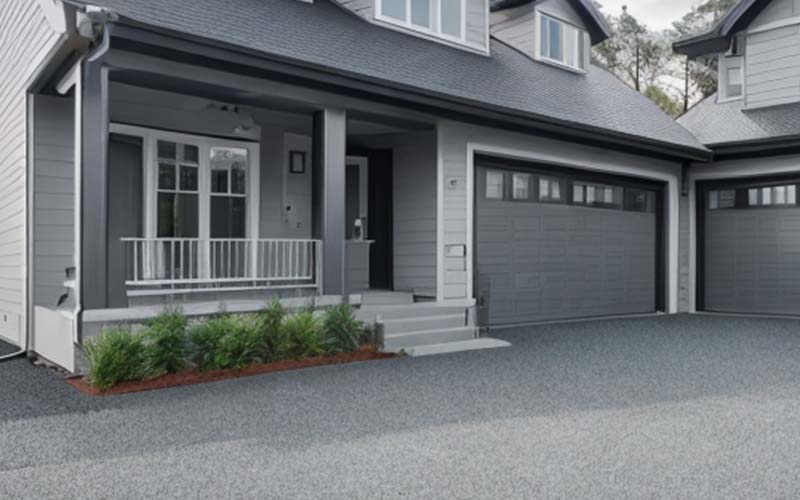Grade 1 Asphalt
Grade 1 asphalt is the highest quality asphalt available. It is used for high-traffic areas, such as interstates and major highways, due to its superior durability and resistance to wear and tear. Grade 1 asphalt is also used for commercial and industrial parking lots and other high-use areas. It is the most expensive grade of asphalt, but its longevity and durability make it a worthwhile investment for high-traffic areas.
Grade 2 Asphalt
Grade 2 asphalt is a medium-grade asphalt that is commonly used for residential driveways and low-traffic areas. It is less expensive than Grade 1 asphalt but still provides a durable and long-lasting surface. Grade 2 asphalt is also commonly used for commercial parking lots and low-use areas.
Grade 3 Asphalt
Grade 3 asphalt is the lowest grade of asphalt and is typically used for infrequent or light-use areas, such as bike paths or walking trails. It is the most affordable grade of asphalt, but it is not as durable as higher grades and may require more frequent maintenance and repairs.
Factors to Consider When Choosing a Grade of Asphalt
When choosing a grade of asphalt for your paving needs, there are several factors to consider, including the amount of traffic the surface will receive, the climate and weather conditions in your area, and your budget.
High-traffic areas, such as interstates and major highways, require Grade 1 asphalt due to their heavy use and the need for a durable and long-lasting surface. Commercial and industrial parking lots may also require Grade 1 asphalt depending on the amount of traffic they receive.
Residential driveways and low-traffic areas can typically use Grade 2 asphalt, which provides a durable and long-lasting surface at a more affordable price point. Light-use areas, such as bike paths and walking trails, may be able to use Grade 3 asphalt, but it is important to consider the potential need for more frequent maintenance and repairs.
In addition to the amount of traffic the surface will receive, it is important to consider the climate and weather conditions in your area. Colder climates may require a higher grade of asphalt to withstand freezing and thawing cycles, while warmer climates may be able to use a lower grade of asphalt.
Finally, your budget is an important factor to consider when choosing a grade of asphalt. While Grade 1 asphalt provides the most durability and longevity, it is also the most expensive. Grade 2 and Grade 3 asphalt may be more affordable options for low-traffic or light-use areas.
In conclusion, understanding the different grades of asphalt is important when choosing the right type of asphalt for your paving needs. Factors such as the amount of traffic the surface will receive, the climate and weather conditions in your area, and your budget should all be considered when making a decision. By working with a reputable paving company, you can ensure that you choose the right grade of asphalt for your specific needs and enjoy a durable and long-lasting surface for years to come.




0 Comments